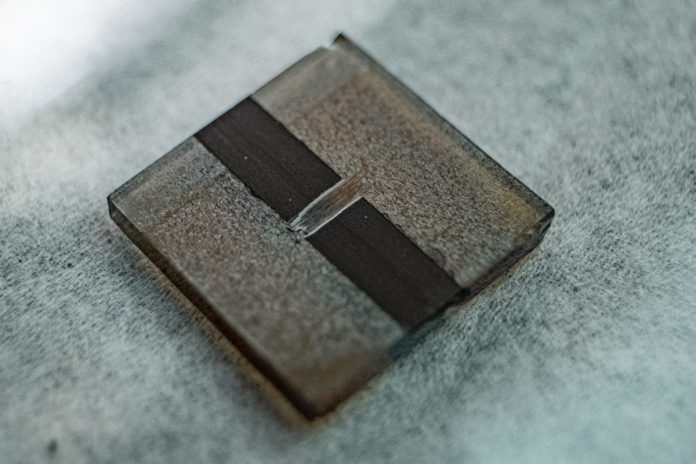Scientists at the University of Central Florida have applied artificial intelligence (AI) to perovskite solar cell research with the aim of developing a system to identify the best materials.
The researchers said machine learning could help scientists developing new perovskite cells or seeking to improve devices, by offering them a tool to define the best “recipes” that take into account factors such as flexibility, stability, efficiency and cost.
The U.S. group collected perovskite data from 2,000 peer-reviewed publications and created more than 300 data points. The information was then analyzed by an AI-based system to define optimal perovskite solar cell combinations.
Positive finding
“Our results demonstrate that machine learning tools can be used for crafting perovskite materials and investigating the physics behind developing highly efficient PSCs [perovskite solar cells],” said Jayan Thomas, author of Perovskite Solar Cells: Predictions and Strategies Learned from Machine Learning to Develop High‐Performing Perovskite Solar Cells, published in Advanced Energy Materials. “We also predicted the best recipe to make PSCs with different-band-gap perovskites,” he added.
Similar research was conducted by scientists at the Massachusetts Institute of Technology this year. They developed an accelerated process for screening new perovskite compounds as they searched for those with the potential to be used in high efficiency solar cells. According to the MIT findings, the process sped up the synthesis and analysis of new compounds by a factor of ten and had already highlighted two sets of materials worthy of further study.
Computer modelling can help narrow down candidates as work performed by the University of California, San Diego demonstrated. For certainty, however, scientists must go through the painstaking process of synthesizing and analyzing materials in the lab.






